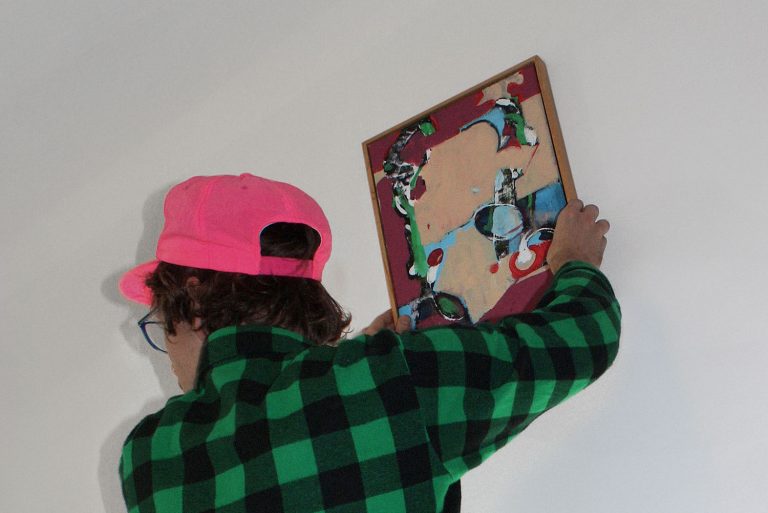
Michał Ratajczak
Introducing Michał Ratajczak, a contemporary artist originally from Leszno, Poland, and now based in Rotterdam, Netherlands. With parents as architects
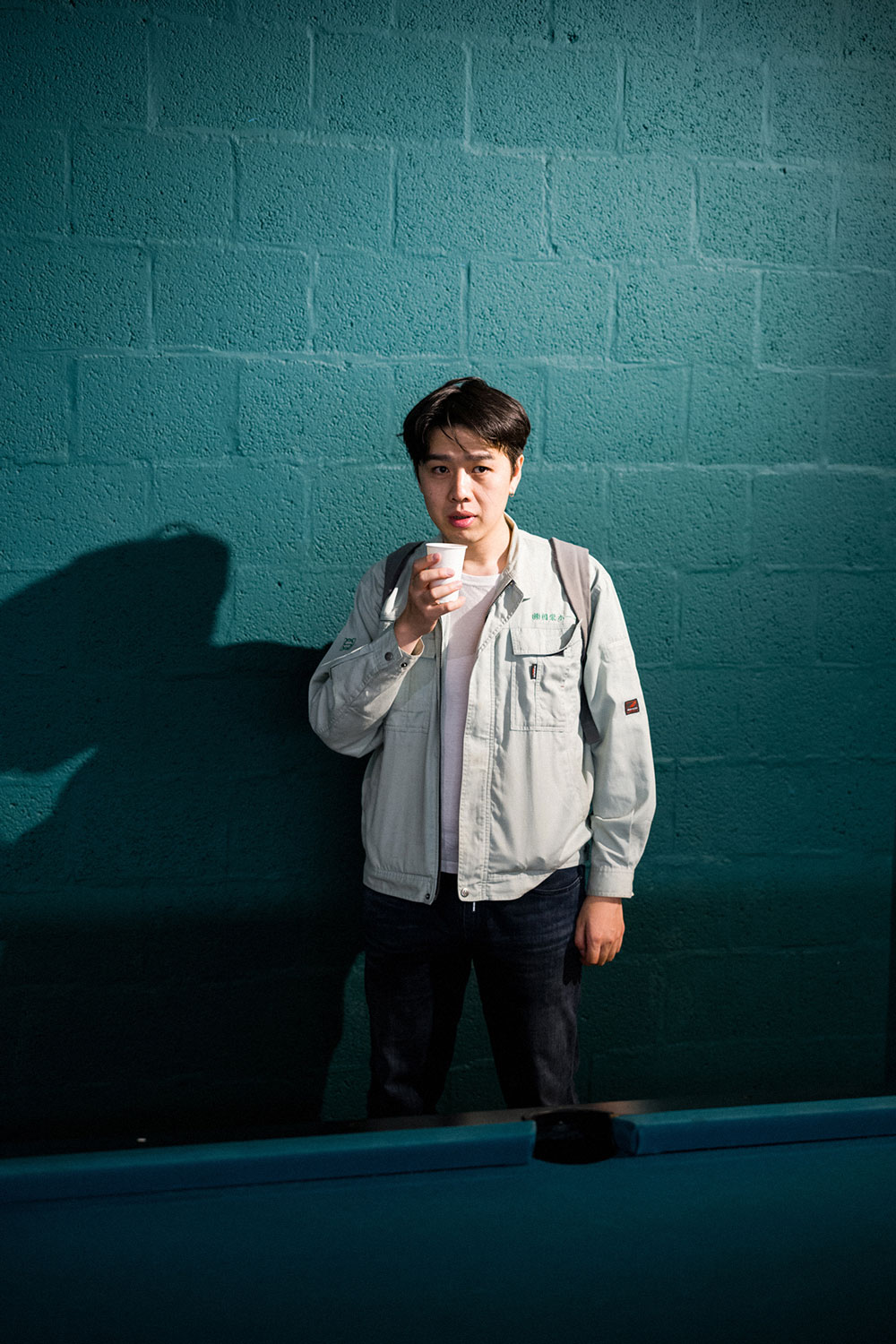
The narrator at heart, designer Boey Wang is drawn to stories, or rather, the attempt of capturing the mundane and often overlooked moments of life. So those seemingly inconspicuous matters and ordinary objects that fascinate him, often become the subject of his stories. Throughout the years, design became for Boey Wang a medium of communication, stimulation, and empowerment. Reflecting on visual and functional design, he urges us to listen, feel, experience, and perhaps reimagine the world without established frames and measurements.
We spoke with Boey Wang about his current practices and future plans, scroll down to read the full interview. In fact, we met with Wang through his work Immeasurable Range which was featured in our ESC exhibition ( → ). By stretching the law of physics, the project reinterprets measurement from a subjective perspective.
Read the interview below!
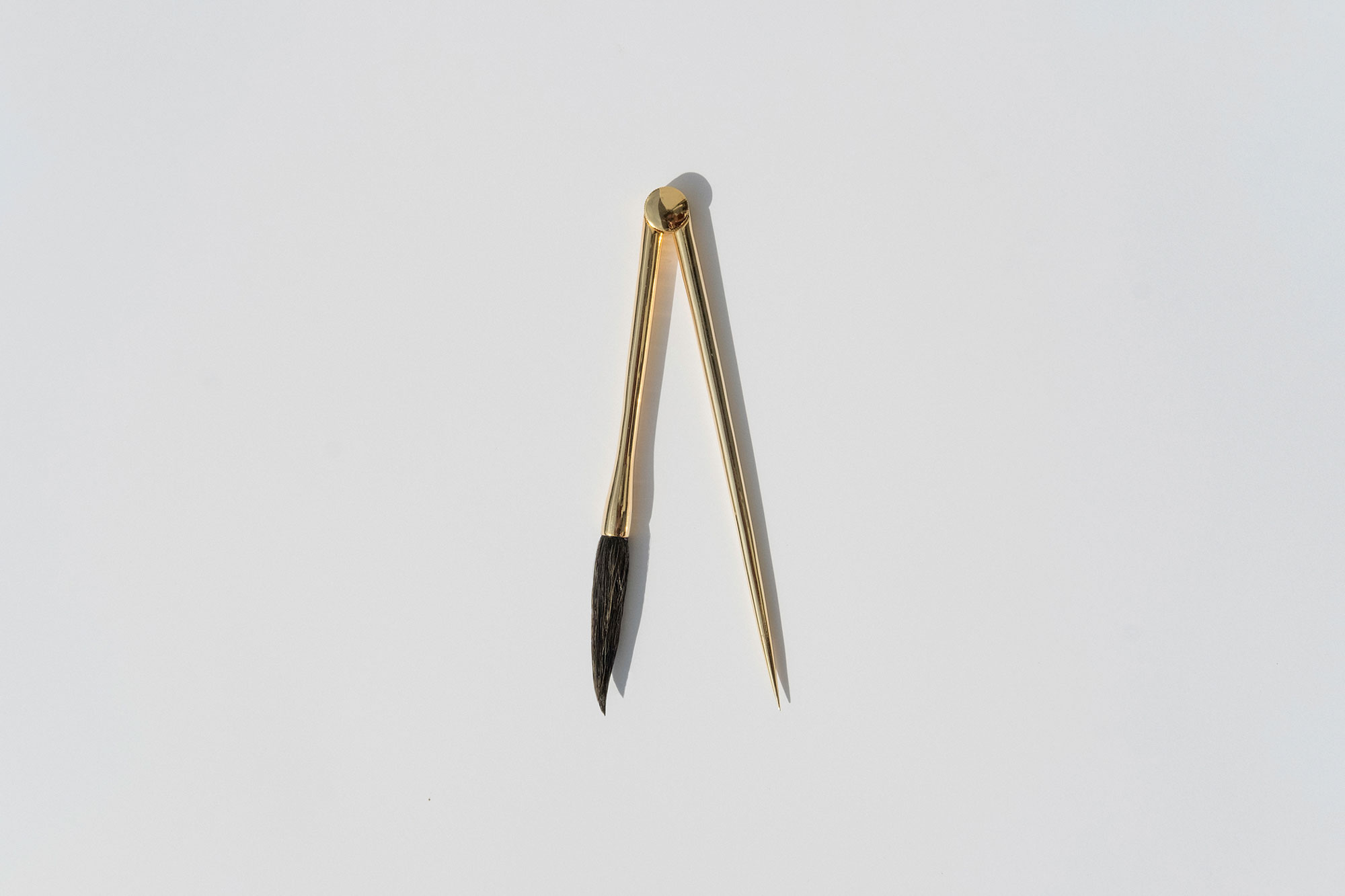
Do you remember how it all started for you in arts and design?
To be honest, I couldn’t tell the difference between art and design before my first bachelor’s study. I faced a competitive environment growing up, where everyone had to study hard to enter college. Although my grades were not that good, I tried my best. So in general, I struggled with student life. But then I gradually realized that the design of the system was limited and it could not fit everyone. That moment made me realize that a very specific design shapes our lives.
In the beginning, I was thinking about becoming a comics artist. Even though I was a self-taught artist, it was a fascinating experience to make stories. From 2013 to 2016 I lived in Beijing and met many comics artists who became my friends.
However, being surrounded by many talented people stressed me out a lot. So then I understood that my ability and commitment can’t be compared to my friends. I believe that I will never be as good as them in my life. Because most importantly, I am not enjoying the long drawing process after the storyboarding. And in addition, it is hard making a living as a comics artist for sure. Also, the one thing I don’t like about comics the most — the impact stops when the book closes. So I was planning to do something different.
I also know that seeing the comics toys for the first time made an impact on me as I became interested in iconography and functions. It immediately opened up my narration dimension. Then I gradually developed my interest in telling stories through objects. The story happens in a real-life context. It grows with time. So it speaks to my heart and that’s how I find what I want to do.
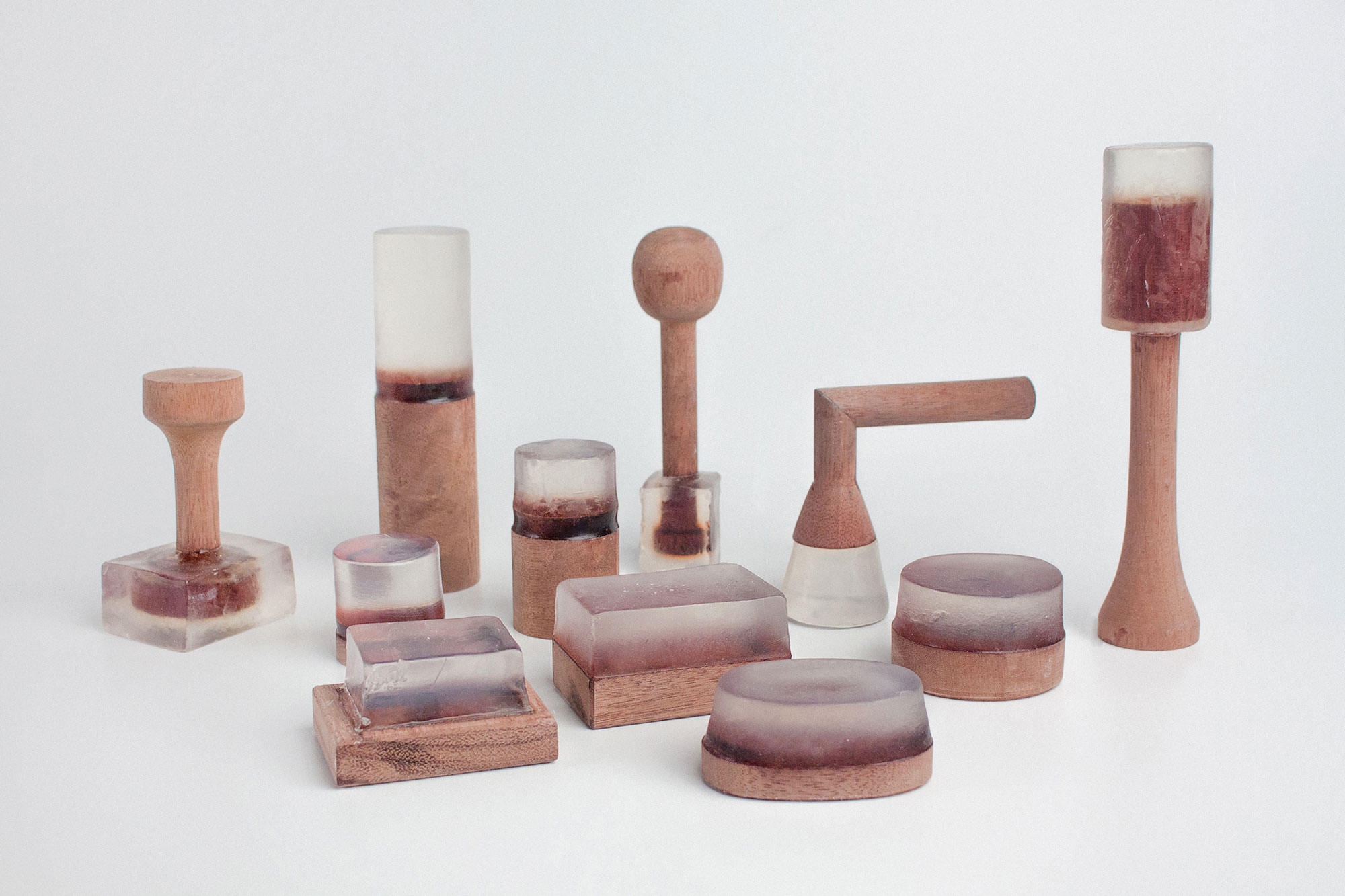
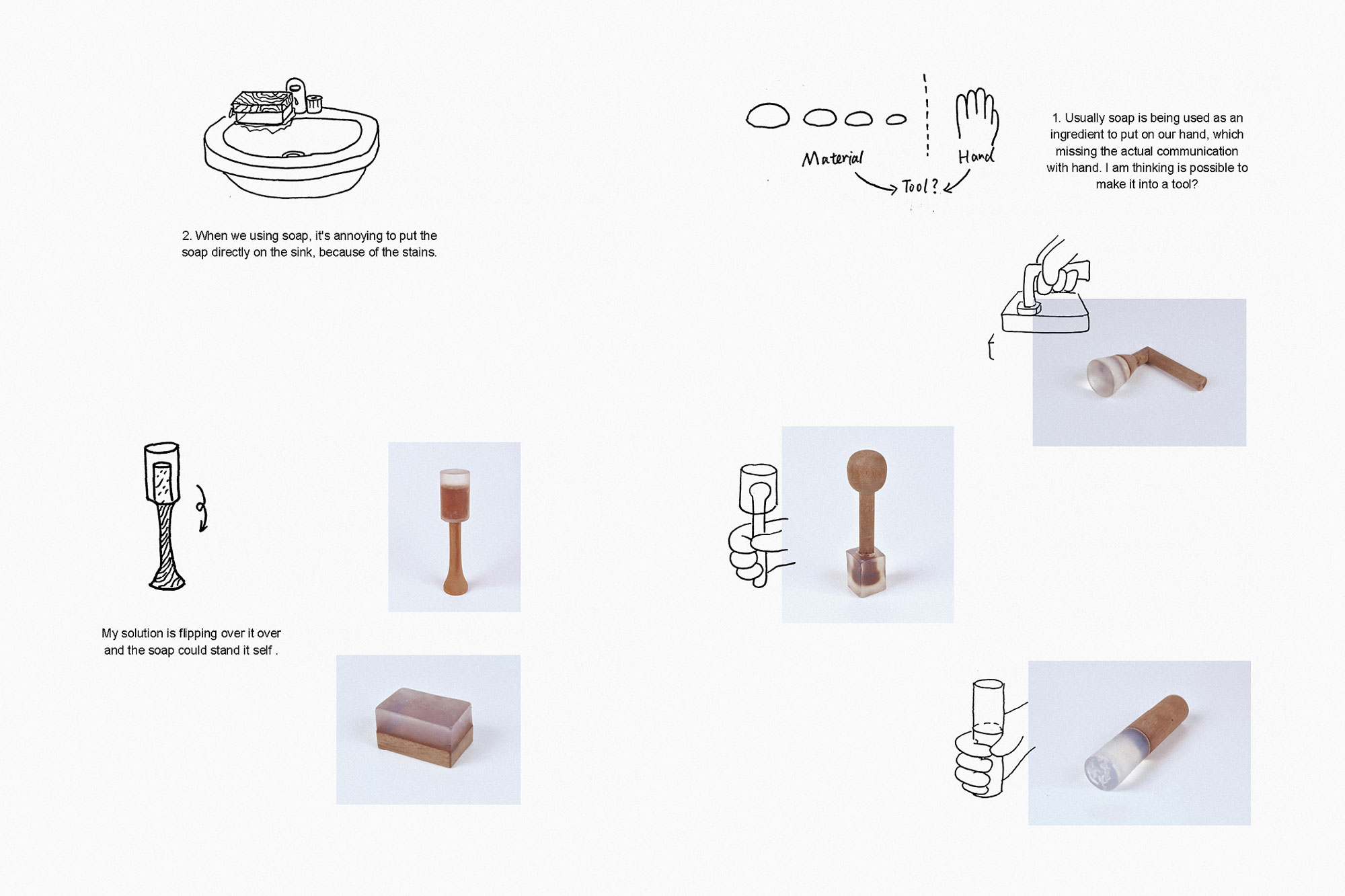
How inspiring! And what about your studies at the Design Academy Eindhoven, how was that experience for you?
Studying at Design Academy Eindhoven changed my life. Before it, I thought that design was just like a job in a company where you produce some nice images and objects. However, design can become a language and tool that makes a real impact on people’s way of seeing the world.
So with this idea I came to the studies at the Design Academy Eindhoven for my second bachelor’s degree. It was an intense experience as I had a lot of work and challenges. I graduated from the department called Man and Wellbeing. It is about creating the object experience for human wellness. I learned a lot about materials, forms, design research, and translations, but especially about the quality of details and mistakes that happen. And gradually, I combined my ideology with what I make with my hands.
Did your education shape your design style and mission?
I think that studying at the Design Academy Eindhoven was my most luxurious chance to find and realize my dream as I had the time and freedom. And at the end of my studies, it turned out both as I expected and as not expected. On one hand, I developed a strong hand and mind that allowed me to think and work like a designer, making an impact. But at the same time, it gradually melted down my glorified expectations of an elite designer.
The more I learned about design, the more challenges I saw in society and how we, as humans, treat each other and nature. I realized that a designer is in an advantaged position because of seeing society and the world from a creator’s perspective. The changes should be done with a widely collaborative and sharing approach. So this helped me to build up my mission and design languages. For me, a good design should not only have all the fine material quality but also the narration for the kindness, in the most minimal, honest, and natural forms — material and aesthetics.
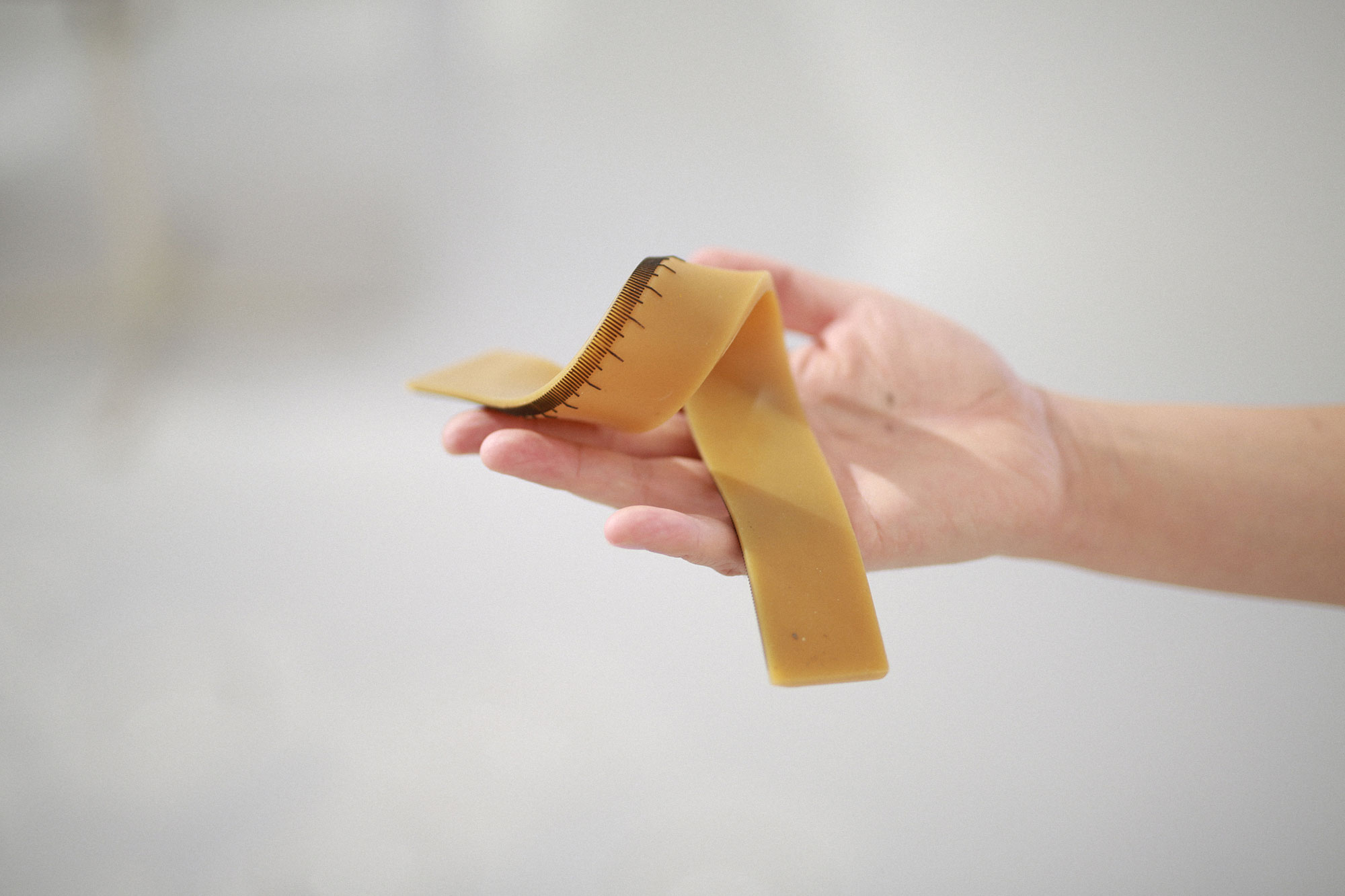
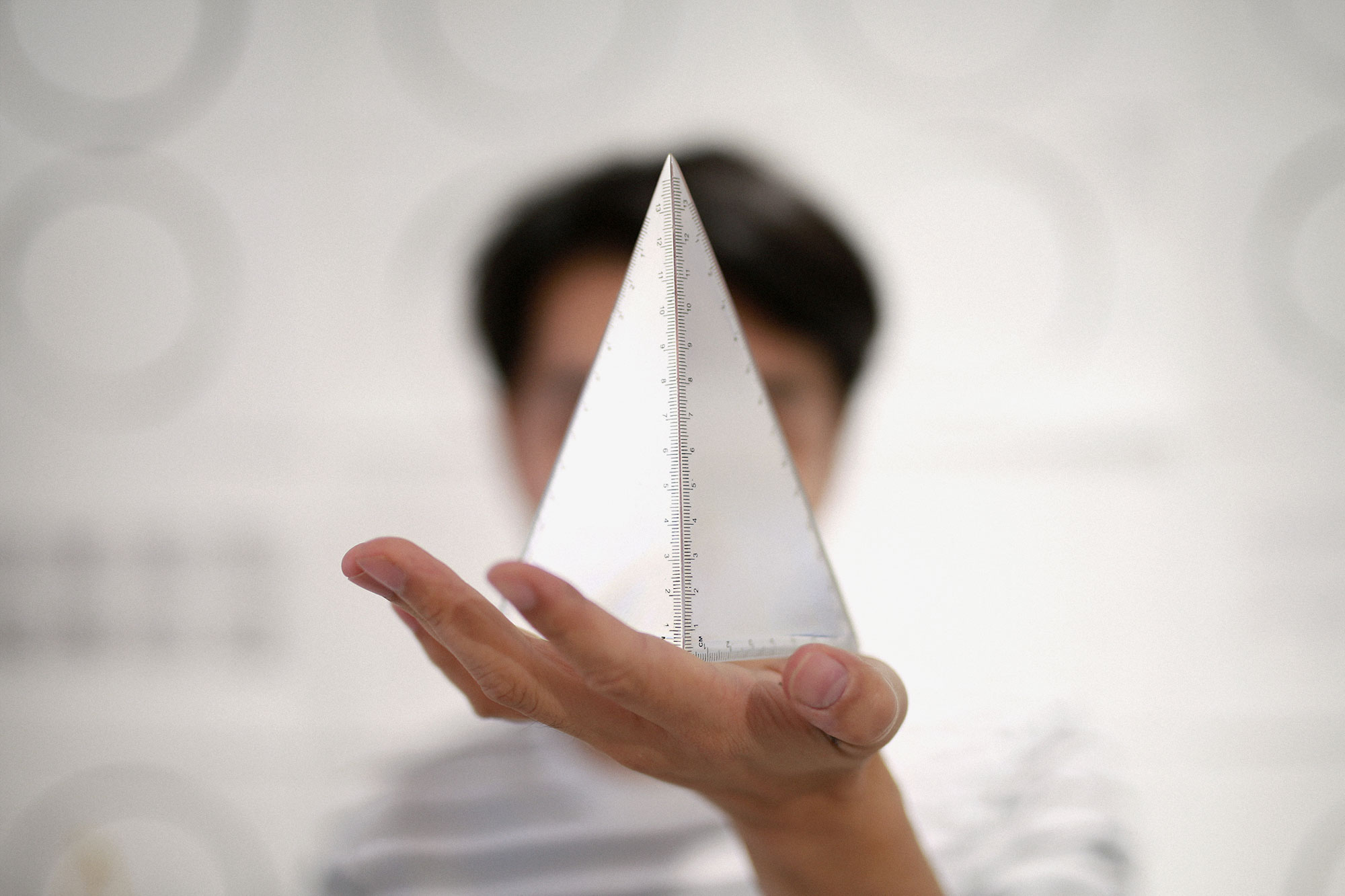
Yeah, I feel exactly the same about collaborations and sharing — we as humanity can do better… Anyway, what other influences inspire your work?
Folk art influences me the most, especially the folk art movement in Japan called the Mingei Movement*. The objects are created by anonymous craftsmen and meant for ordinary people/life. The earthy rough imperfections of the objects embrace the trace of life, and ultimate beauty is reached without intention. Therefore, my admiration goes beyond the ultimate humble beauty. I admire the eyes of Yanagi Sōetsu who discovered this movement and the hand that highlighted them. Because it answered a lot of my questions as a designer.
His work not only praises the idea of beauty but also changes social expectations of appreciating norms and people. And I wish my design could function similarly. By pointing out an underestimated point of view and questioning the relationship we have with current issues, an alternative solution could be created. And it could provide us with another understanding of ourselves.
* In some ways, people see mingei as a reaction to Japan’s rapid modernization processes. The philosophical pillar of mingei is ‘ordinary people’s crafts’ ( → )
How do your inspirations manifest in your work? Any specific mission?
The core of my design focuses on encouraging audiences to find alternative solutions from the ignored, undervalued, or insecure angle, especially using our intuition and senses. Millions of years of evolutionary wisdom reside in our bodies, surpassing the knowledge we acquire in a lifetime. An advanced system equips us to respond to pain and fears. However, most design approaches conform to efficiency and visual appeal, neglecting our full sensory potential.
I would love to release design from the fear and sore views we avoid and create more human-centered solutions. For example, I am working on a design method called Design Beyond Vision. This non-visual design approach questions the visually dominating way of designing, it creates alternative forms and aesthetics. In this way, beneficial for both capable and unable of seeing people, I believe that I can bring a more diverse and fluid awareness of our existence with each other and in the natural world.
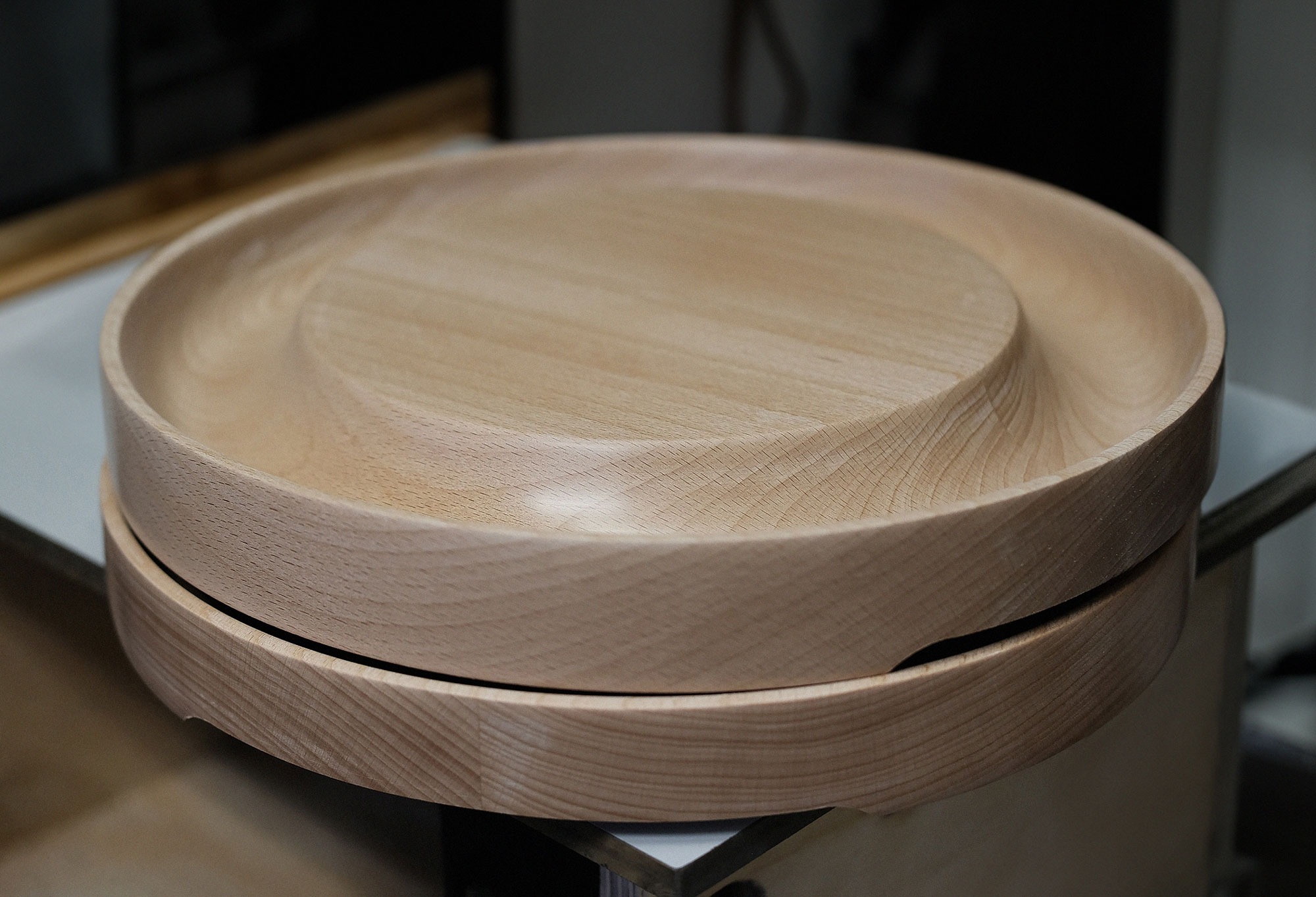
Your insights are truly inspiring — thank you for sharing. Any advice for artists? What’s the best guidance you’ve received?
I am also on the way to building up my career, even though I am a bit older now. I would phrase the question like this ‘Do you have any advice that you would give to yourself 7 years ago?’
And then I would answer: Please try as much as you can, and be proactive in approaching fear and failure. The stress or loss usually provides a clear answer to where lies the border of the comfort zone. Please take the risk and move out one step further, and usually, that is the direction you don’t like to go the most. But it could turn out into a surprising solution for the situation you are in now. The logic here is that you can’t gain an objective image of the future based on your current knowledge. So thinking this way helps me build up my ‘mysterious confidence’. And also, being a very stressed person, this became the only way for me to forgive myself.
What’s next for you professionally? Future plans?
Currently, I am working on a new project, researching how the sense of touch develops and works for born-blind children. This fascinating approach reveals how our worldview, built without vision, overlooks the potential of our senses. I plan to translate my research into art objects and functional products. Meanwhile, I aim to incorporate my knowledge and methods into a teaching program and books, benefiting the future generation of designers.
Also, I seek a balance point of being an artist, object designer, and educator at the same time. My goal is creating a brand that provides inclusive products for the users, supports my education program for sharing knowledge, and enhances the brand’s image. So at this moment, I am looking for team members to join the ship. It will be a long way, but I am on the way.

Introducing Michał Ratajczak, a contemporary artist originally from Leszno, Poland, and now based in Rotterdam, Netherlands. With parents as architects
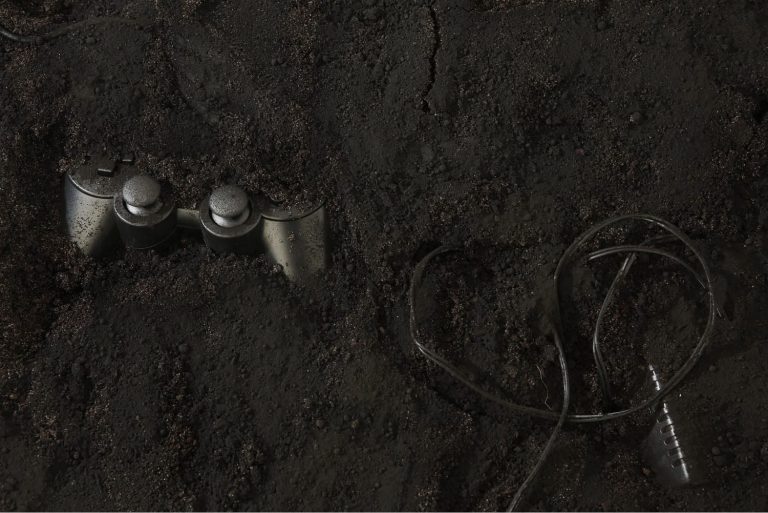
Inês Norton, possessing a degree in graphic design and a flourishing career as a visual artist, explores the intriguing relationship
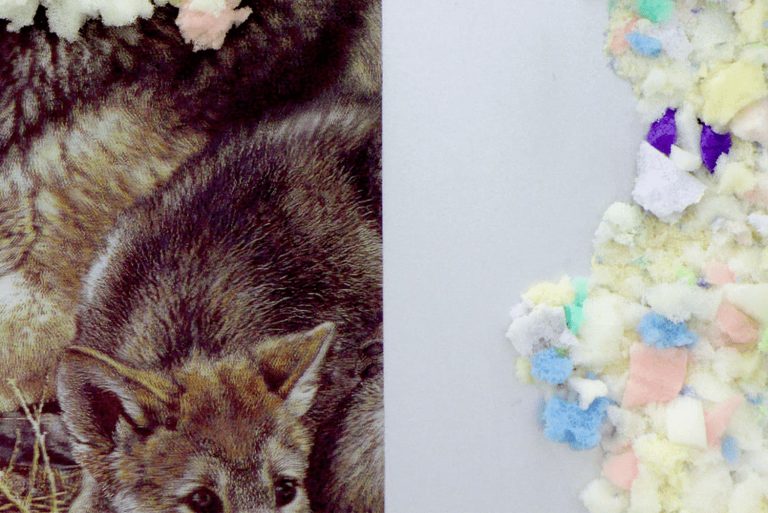
Born in Sofia, Bulgaria, Vikenti Komitski is currently based in Berlin. He graduated Sculpture in NAA in Sofia and Master’s
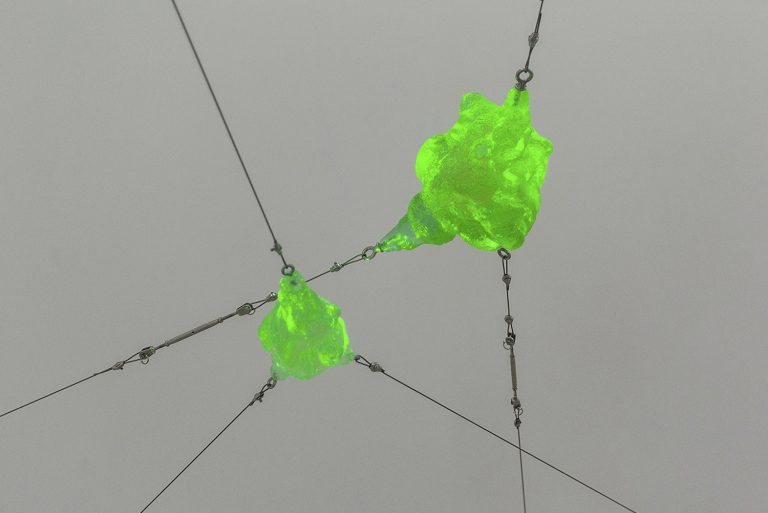
The multimedia artist Carlos Sáez lives and works in Valencia, Spain. His work exists in the conjunction of digital and
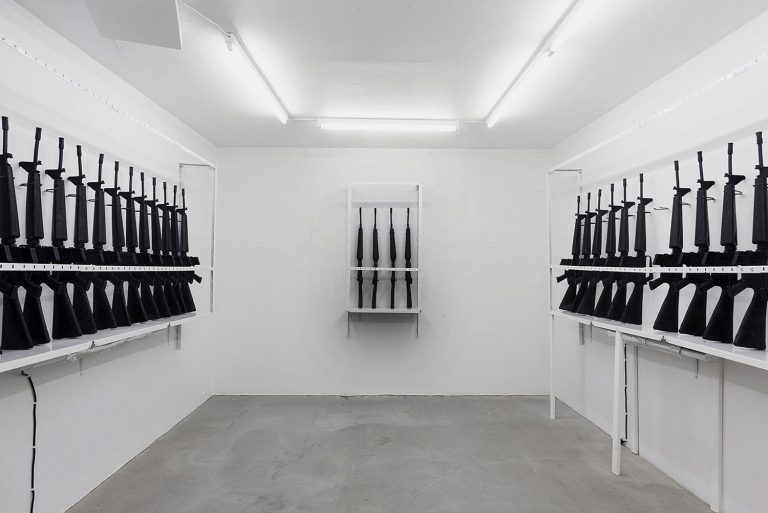
In the far reaches of Sápmi, Sweden, a quiet revolution in art takes place through the hands of Andreas R
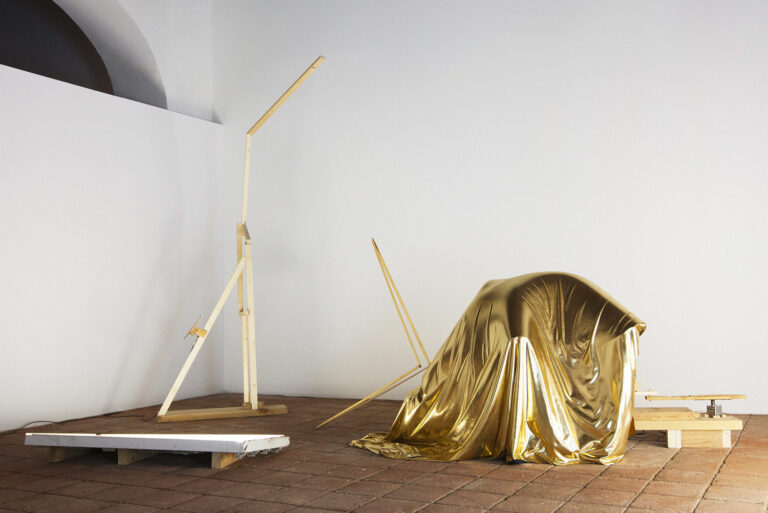
Lolo & Sosaku, an Argentine-Japanese artistic duo, redefine the art scene from their base in Barcelona, Spain. Originating from Buenos
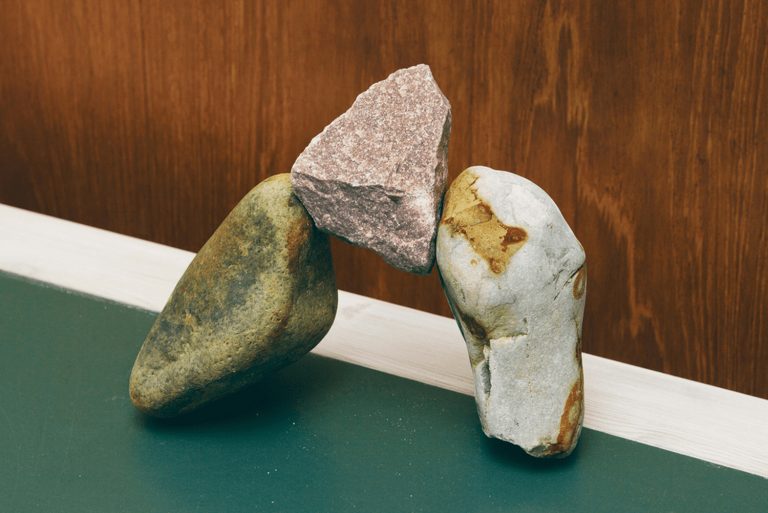
Delving into the intricate realms of time, potential energy, and archaeology, Danish artist Johan Rosenmunthe carves his distinctive niche in
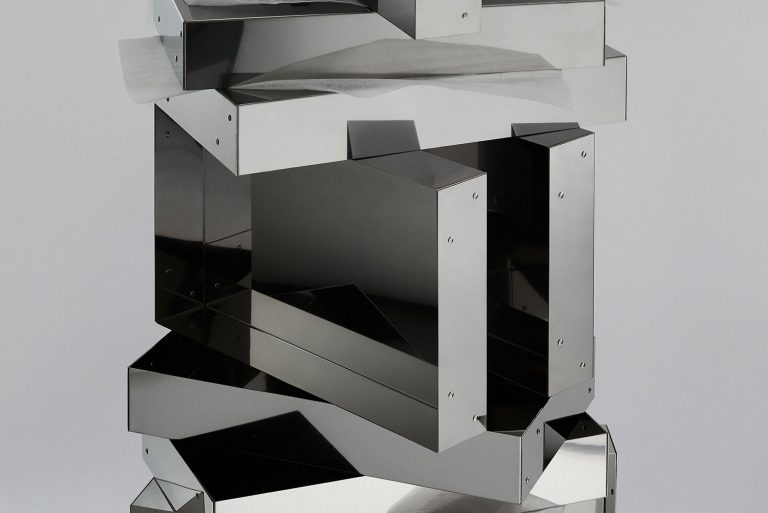
Forever Studio, based in the Netherlands, searches for unfamiliar combinations in autonomous and commercial design. Launched by Bienke Domenie &
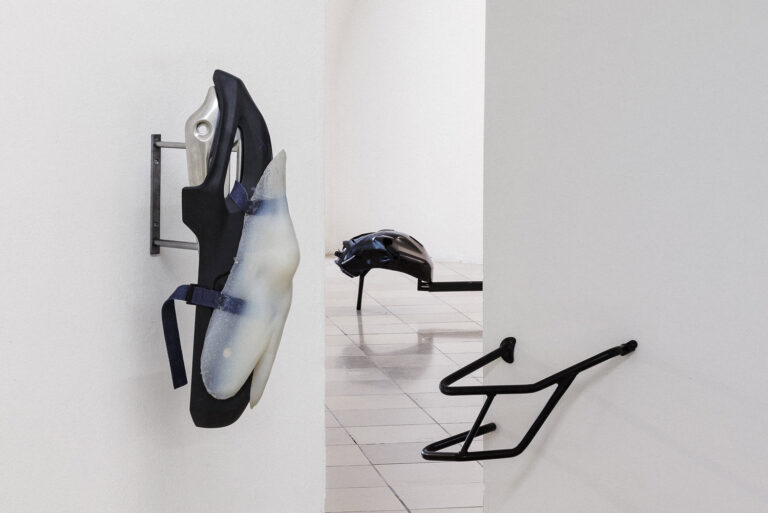
Sophia Gatzkan, a Vienna-based artist, intimately connects with the intricacies of the human form. She boldly navigates the disability discourse,
Independent Art & Design Gallery 0→1 © 2024
Stay in the loop with 0→1. Join our email list for the latest news, artist highlights, and first dibs on our exclusive collections. Dive into the art world with us — curated, simplified, and personal.
(We respect your inbox. Our updates are curated for value, and you can unsubscribe anytime. No spam, just art.)
We use cookies to improve your browsing experience; details in our Privacy Policy →